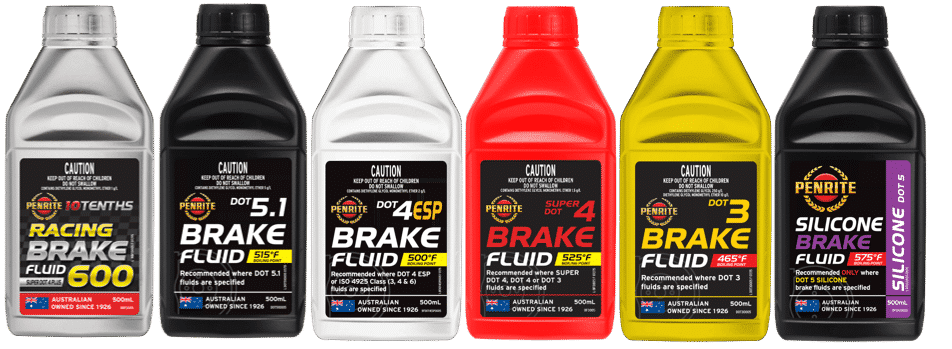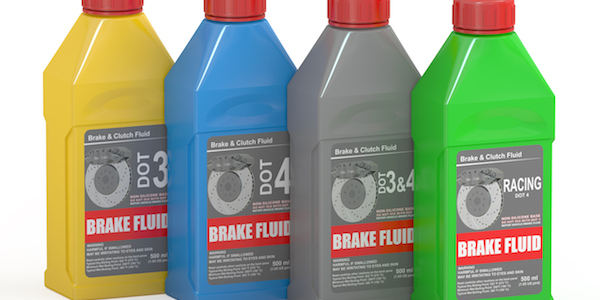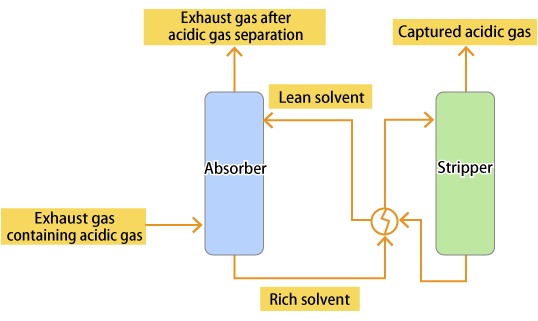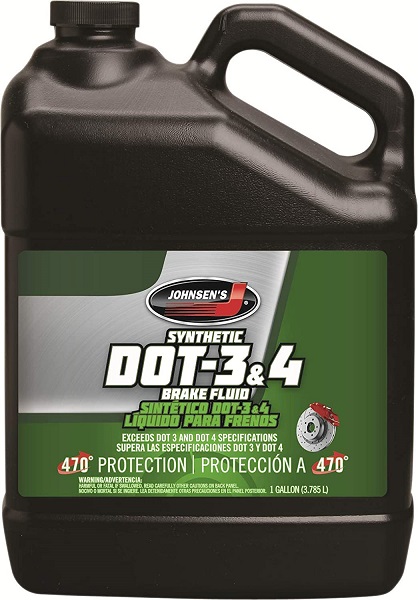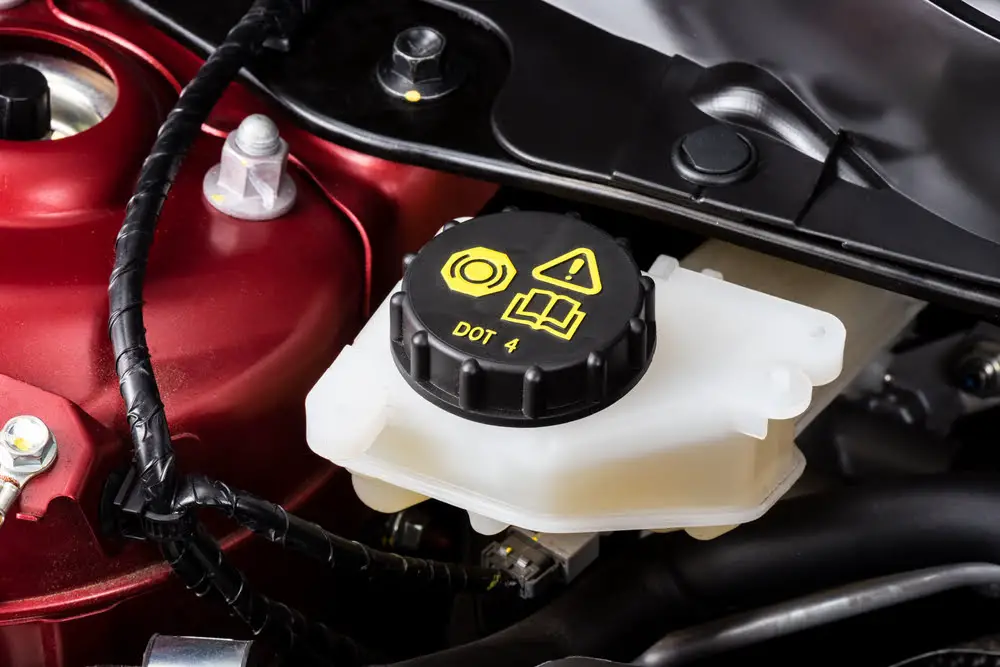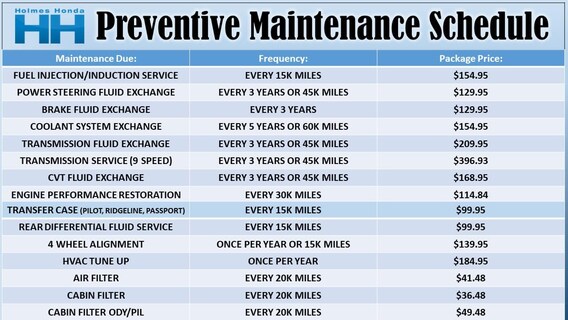Brake Fluid Rubber Compatibility

The chemical compatibility data can be presented in one of two ways.
Brake fluid rubber compatibility. Even an older rubber part with a high concentration of natural rubber will not be damaged by new dot rated brake fluids. If the brake fluid becomes unable to control the ph or other corrosive elements the rubber and metal parts will deteriorate over time. Fluid compatibility with the brake system rubber plastic and metal components. Or second you can select a specific chemical to view all its compatible o ring materials.
The additive package controls the ph of the fluid and the viscosity. Water absorption and corrosion. All polyethylene glycol based fluids will not harm healthy rubber parts. Welcome to our rubber chemical resistance chart.
First of all it s. First you can select a specific o ring material to view its compatible chemicals. This page contains a guide to selecting o ring materials based on chemical compatibility requirements. All dot 3 4 and 5 1 brake fluids are compatible with each other and with all systems.
Use this rubber chemical resistance chart to make sure that the elastomer or o ring seal you choose will be compatible with the particular environment. Basic o ring chemical resistance compatibility information is based on isolated generic o ring material testing in optimal conditions at room temperature and pressure. Also the additive packages will not damage or distort any rubber parts. Exposing rubber o ring materials to multiple chemicals and compounding application factors like temperature pressure and gland design can result in significantly different.
Fluid boiling point and other physical characteristics. Here is the rubber compatibility chart that rates all popular rubber materials that comes into contact with various chemicals.


